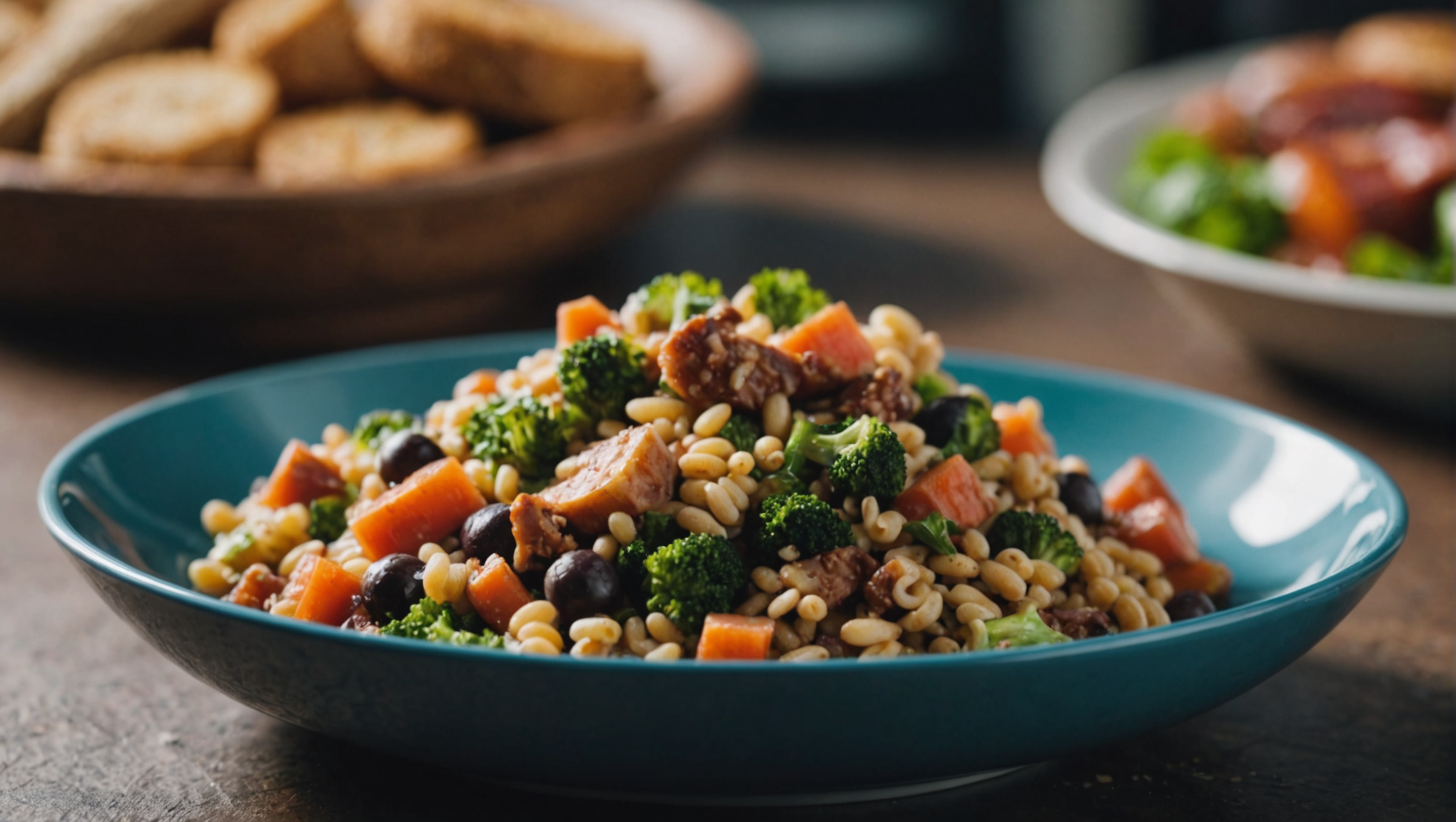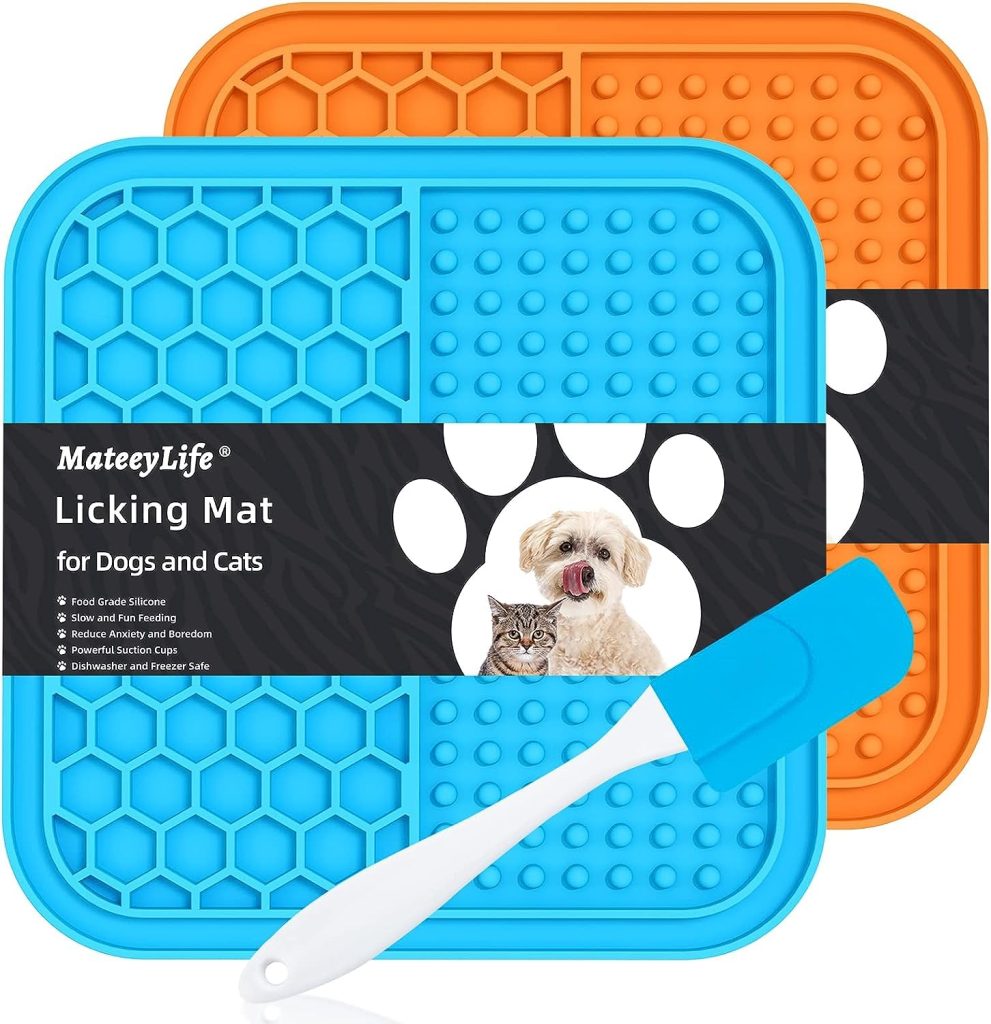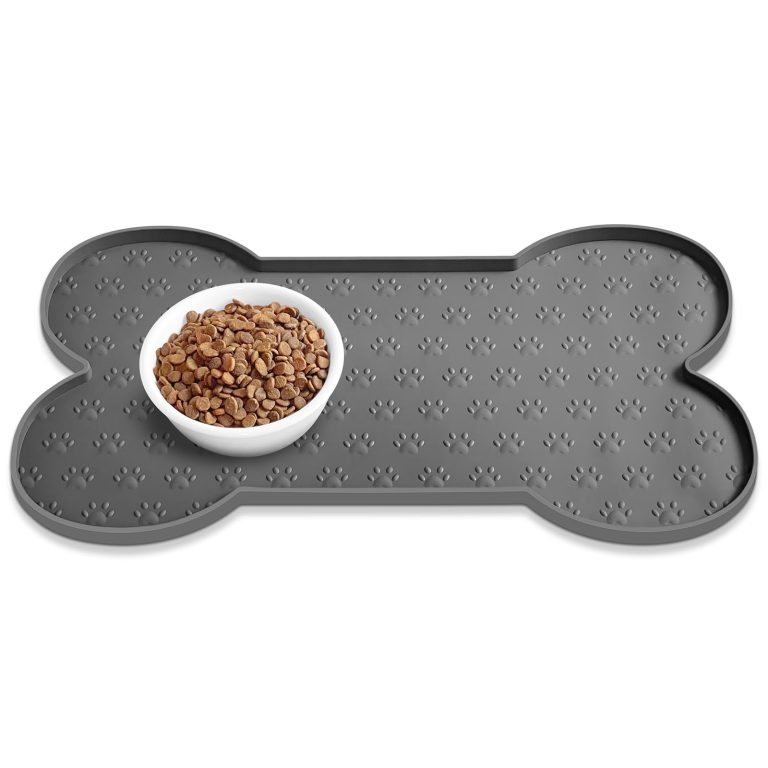Barf Diet for Dogs: Benefits and Risks

Embracing a Barf diet, or biologically appropriate raw food diet, presents a multitude of potential benefits that cater directly to the innate dietary needs of dogs. This approach is predicated on the idea that a raw foods regimen mirrors the ancestral diets of canines, which were primarily carnivorous and reliant on whole prey, devoid of the additives and preservatives found in many commercial dog foods. By providing a diet rich in raw meats, organs, and bones, proponents of the Barf diet argue that dogs can experience enhanced overall health and vitality.
One of the most significant advantages of a Barf diet is the improved quality of the dog’s skin and coat. Numerous pet owners report that their dogs experience a shinier, healthier coat once transitioning to raw food. This phenomenon can often be attributed to the high levels of omega-3 fatty acids found in fish and organ meats, combined with the absence of the fillers commonly present in kibble. The reduction of food allergies is another notable benefit, as a diet free from grains and specific allergens enables many dogs to thrive without the gastrointestinal disturbances that often accompany processed pet foods.
Moreover, an increase in energy levels and enhanced stamina frequently accompanies the adoption of a Barf diet. As dogs are provided with food that’s more closely aligned with their natural eating habits, many exhibit greater enthusiasm and vigor during playtime or walks. Furthermore, the high protein content, coupled with nutrient-dense ingredients, supports muscle development and maintenance, particularly in active breeds.
Another compelling benefit of a Barf diet is its potential to improve dental health. The inclusion of raw bones in the diet allows for natural chewing, which can effectively help to reduce plaque buildup and promote healthier gums. Chewing on these bones stimulates saliva production, which is essential for neutralizing acids that can lead to tooth decay. Some dog owners have noted significant decreases in the prevalence of periodontal disease in their pets after transitioning to a raw diet.
Additionally, promoting a more sustainable and holistic approach to pet nutrition often resonates with many dog owners. By choosing to prepare homemade meals, they cultivate a more informed understanding of their pet’s dietary needs while minimizing the ecological impact associated with industrial pet food production. Advocacy for locally sourced ingredients further enhances the appeal, allowing for a connection to one’s community and environment.
It’s worth noting that the Barf diet also encourages mindful feeding practices, as pet owners are tasked with the responsibility of ensuring nutritional balance. This fosters a deeper knowledge and appreciation of canine nutrition, enabling owners to tailor diets to meet the specific needs of their individual animals, accounting for factors such as breed, age, and activity level. Adopting the Barf diet may require an initial time commitment to research and preparation, yet the long-term health benefits can be profoundly rewarding.
These myriad benefits underline the transformative potential of the Barf diet for dogs, highlighting its suitability as a nutritional alternative worth consideration in the quest for optimal canine health and longevity.
Potential Risks to Ponder
While the BARF diet presents enticing advantages, potential risks must be vigilantly considered to ensure that the nutritional needs of your dog are effectively met. The transition to a raw food diet can pose various challenges that require due diligence and proper understanding, particularly regarding microbial safety, nutritional balance, and individual canine needs.
A primary concern associated with a BARF diet is the risk of bacterial contamination, as raw meats can harbor pathogens such as Salmonella and E. coli. These bacteria not only pose a significant health threat to pets but also to the humans who interact with them. To mitigate this risk, it is imperative to source high-quality meats from reputable suppliers, and to follow safe handling practices, such as thoroughly washing hands and sanitizing surfaces. As the wise saying goes, “An ounce of prevention is worth a pound of cure.” Therefore, maintaining strict hygiene can significantly reduce the likelihood of bacterial infections.
Another crucial aspect to ponder is the potential for nutritional imbalance. Unlike commercial pet foods that are often formulated to meet the shared requirements for macronutrients and micronutrients, a BARF diet requires meticulous attention to detail to avoid deficiencies. A complete diet must include a diverse array of protein sources, organ meats, bones, and suitable fruits and vegetables to provide the full spectrum of essential vitamins and minerals. Without proper guidance, pet owners may inadvertently create a diet that’s deficient in key nutrients, leading to long-term health issues. Consulting with a veterinary nutritionist or using comprehensive food charts can be invaluable tools in ensuring that your dog’s dietary regimen is balanced and nutritionally sound.
Moreover, the dietary needs of dogs can vary significantly based on their age, breed, health status, and activity level. Puppies, for example, require higher levels of certain nutrients, particularly calcium and protein, to support their rapid growth and development. Conversely, senior dogs may necessitate a diet lower in calories but enriched with antioxidants to promote healthy aging. A one-size-fits-all approach does not suffice; thus, customization and adaptability are key elements when adopting a BARF diet.
For some dogs, switching to a raw diet can result in digestive upset, including diarrhea or vomiting. Such reactions may arise from the sudden introduction of raw foods or from specific ingredient sensitivities. To ease this transition, it is often helpful to gradually incorporate raw foods into your dog’s existing diet, allowing for a slow adjustment period. A gradual transition can also help identify any food intolerances that may necessitate further tailoring of the diet.
Lastly, pet owners must also be cognizant of the sourcing and preparation of ingredients. Feeding bones, particularly smaller or cooked varieties, can pose serious choking hazards or lead to internal injuries. It’s essential to provide raw meaty bones that are appropriate for your dog’s size and chewing capability, ensuring that the selections are safe and beneficial for dental health. Additionally, sourcing ingredients locally and organically not only supports community agriculture but can also provide assurance regarding the quality and safety of the food being given.
With proper knowledge, diligent preparation, and proactive engagement, many of the potential risks associated with a BARF diet can be effectively managed. Thus, equipping oneself with an understanding of canine nutrition, along with a commitment to responsible feeding practices, can render this raw food approach a viable and enriching option for the well-being of your canine companion.
Nutritional Considerations
To ensure a well-rounded approach to canine nutrition, it’s imperative to think the fundamental elements that comprise a balanced diet tailored to meet the specific needs of dogs. A diet that mirrors the nutritional profile of a dog’s ancestral eating habits typically consists of a healthy mix of proteins, fats, vitamins, and minerals. Essential proteins, often derived from various meats, provide the building blocks necessary for muscle development and overall health. It cannot be overstated that not all proteins are created equal; therefore, incorporating a variety of sources such as beef, chicken, lamb, and fish ensures a more comprehensive amino acid profile, which very important for robust health.
Fats also play a vital role in canine nutrition, serving as a concentrated source of energy and facilitating the absorption of fat-soluble vitamins. Notably, omega-3 and omega-6 fatty acids are particularly beneficial, promoting a healthy coat and skin, reducing inflammation, and supporting cognitive function. When evaluating dietary fats, dog owners should be discerning, opting for high-quality sources such as fish oil or flaxseed oil, which yield significant health advantages.
Vitamins and minerals are indispensable to a dog’s dietary composition. Just as humans require a spectrum of micronutrients to thrive, so too do our four-legged companions. Incorporating a varied selection of fruits and vegetables can be an excellent strategy to boost micronutrient intake. Vegetables such as kale, carrots, and sweet potatoes offer high levels of antioxidants and fiber, while fruits like blueberries and apples contribute essential vitamins and phytonutrients—treats that are not only wholesome but also delightful for dogs. It especially important to research which fruits and vegetables are safe and beneficial for canine consumption; for example, while blueberries are a fantastic addition, grapes and raisins should be avoided due to their toxicity.
The dietary needs of dogs can also vary considerably based on their life stage and breed. Puppies, with their relentless energy and boundless growth, require nutrient-dense meals formulated with the highest levels of proteins and adequate fats. It is essential to ensure that their developing bodies receive the proper ratios of calcium and phosphorus for optimal skeletal growth. Conversely, adult dogs may benefit from a more balanced caloric intake, while senior dogs might require a diet lower in calories but enriched with antioxidants to support aging joints and cognitive health. It’s a common misconception that all adult dogs thrive on the same diet, but tailored nutrition can lead to improved vitality and longevity.
In recent years, there has been a growing interest in homemade dog diets, which provide pet owners the opportunity to control ingredients and customize meals based on individual needs. However, embarking on a homemade diet necessitates careful planning and thorough understanding. It may be beneficial to consult with a veterinary nutritionist when designing meals to guarantee nutritional adequacy, ensuring that essential nutrients are not overlooked. Many devoted dog owners have successfully transitioned to homemade diets by incorporating a balanced mix of lean proteins, fruits, vegetables, and supplementary vitamins and minerals tailored to their pets’ specific requirements. Making safe choices, such as avoiding artificial preservatives and fillers, has proven to bolster health in many canines.
Addressing common dietary challenges is also critical in promoting optimal health through nutrition. Some dogs are inherently picky eaters, while others may develop food intolerances over time. Experimenting with different protein sources or using meal toppers made from wholesome ingredients may encourage reluctant eaters to indulge in their meals. For dogs with food sensitivities, allergy testing or a trial-and-error approach under the guidance of a veterinarian can provide clarity; understanding what ingredients are beneficial or harmful can significantly improve a dog’s quality of life.
Fostering an environment where dogs can thrive nutritionally requires a commitment to understanding their individual dietary needs. By providing a balanced, well-rounded sourcing of nutrients, pet owners can facilitate their furry friends’ overall health, happiness, and longevity. Careful consideration, informed choices, and a willingness to adapt one’s approach can lead to profoundly positive outcomes, echoing the sentiment that “you are what you eat”—and that rings true for our canine companions as well.
Transitioning Your Dog to a Barf Diet
Transitioning a dog to a Barf diet necessitates a careful and considerate approach to ensure that the shift is not only smooth but also beneficial to the dog’s health. The key to a successful transition lies in pacing, observation, and tailoring the diet to fit the unique needs of the individual dog. Just as each person has different dietary preferences and requirements, so too does every dog have its own unique nutritional profile based on factors such as breed, age, activity level, and any pre-existing health conditions.
It’s advisable to initiate the transition gradually—often over a span of 7 to 14 days—to allow your dog’s digestive system to acclimate to the new food. A sudden switch can lead to gastrointestinal distress, manifesting as diarrhea or vomiting, which are clear signals that the dog’s system is struggling to adjust to the new diet. To facilitate a more digestible transition, start by mixing small amounts of the raw food with their current kibble. Gradually increase the proportion of raw food while decreasing the kibble, monitoring your dog’s adjustment throughout the process.
During this transitional period, it very important to observe your dog’s reactions, both in terms of digestive health and overall demeanor. Keeping a journal can be a helpful way to track any changes; noting down the types of meats introduced, quantities consumed, and any abnormal behavioral or health indicators. If your dog shows signs of discomfort or severe digestive upset, ponder pausing the transition and consulting your veterinarian for tailored guidance.
It can also be beneficial to introduce a variety of protein sources gradually, as this not only provides a broad spectrum of nutrients but also allows for the identification of any potential food sensitivities. Some dogs may react adversely to certain proteins, exhibiting symptoms such as itching or gastrointestinal disturbances. In light of this, it may be prudent to start with a single protein source, such as chicken or turkey, before incorporating more complex options like beef, lamb, or fish.
Homemade Barf meals can further streamline your dog’s nutritional transition. By preparing their food at home, you can tailor each meal according to their specific needs, preferences, and any dietary restrictions. This allows pet owners not only to ensure a varied and balanced diet but also to get acquainted with the types and qualities of ingredients that best support their dog’s health. When preparing meals, be sure to include not only raw meat and bones but also organs and vegetables to provide a comprehensive nutrient profile. The inclusion of organ meats, particularly liver, offers a concentrated source of vitamins and minerals critical in bolstering overall vitality.
As you navigate this dietary transition, embracing open-mindedness and flexibility can prove invaluable. Each dog is an individual, and what may work for one may not suit another; therefore, adjustments in the diet and tactics employed will often be necessary. Ensuring access to fresh water at all times is also paramount during this period, as hydration supports digestion and overall well-being. Additionally, offering smaller, more frequent meals can help ease your dog into their new feeding routine and accommodate their increased levels of curiosity and receptivity that come with a fresh diet.
Education plays a pivotal role in this process. Continually educate yourself about the nuances of canine nutrition and raw feeding. Online resources, veterinary recommendations, and books on the subject can enhance your understanding of both the benefits and the considerations necessary for a successful Barf diet. Engaging with a community of Barf enthusiasts, whether through social media groups or local forums, can also provide insight, encouragement, and shared experiences that illuminate the journey of pet ownership and the commitment to nurturing our canine companions through conscientious nutrition.







